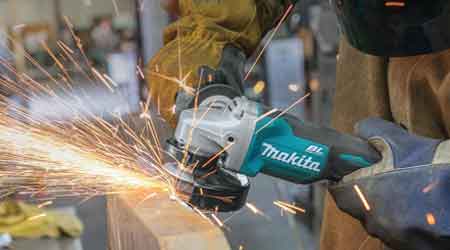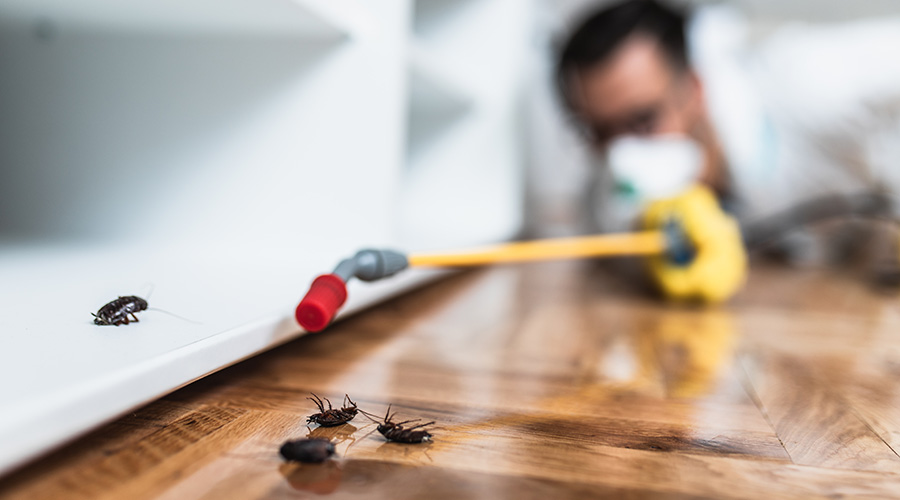Update technician training in inspection and repair methods periodically, using material safety data sheets and standards that cover safe procedures.
Cover safe handling and emergency steps for lithium ion batteries through the various life-cycle activities: transportation, storage, use, and disposal.
Mandate the use of personal protective equipment, including face shields, when testing, cleaning, and maintaining tools.
Require that technicians inspect a tool each time it is checked out of tool inventory to ensure it is working properly and that all safety features and guards are functional as specified in the operating manual.
Check that the trigger on/off actuates and pressure releases properly.
Check that battery is fully charged.
Check brushes for wear, arcing, or rotor scoring. Replace as needed.
Check that the worksite light is in good condition and fully charged to avoid technicians working on job sites that are poorly lit.
When using compressed air to clean tools, check that pressure does not exceed 30 psi.
Check that blades, drills, and hammer bits are sharp in order to maintain efficient power use and safe, ergonomic operating conditions.
Do not use bent or broken tools or bits.
Use a wiring diagram when drilling into wall cavities, and use the insulated grip for handling the tool to prevent shock from hidden live wiring.















